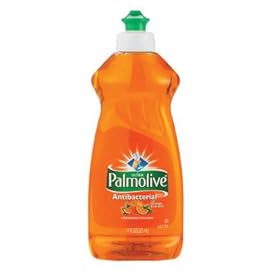scorchingice
Well-Known Member
I have been brewing for about 8 months. I have made batches of beer that have come out good, and have made some that have came out with some awful tastes/aftertastes that I can only assume from reading peoples posts comes from contamination of some type.
I use "One-Step" No-Rinse Sanitizer from Homebrewers Outpost and I usually will wash all the containers, spoon, thermometer, everything that the beer goes into or that touches the beer before or after it has cooled.
I know that I try my best to make sure everything is sanitized, but I am still getting off flavors in the beers I make. Am I sanitizing enough? Am I using the wrong stuff?
Also I have been transferring the beer from the primary fermenter to a secondary after about 10 days, then leaving it in the secondary for about 2 weeks before bottling. Should I bother using a secondary fermenter if I do not add anything extra to it, I do it mainly just to filter out extra garbage (Leaving extra sediment when transferring).
Does transferring it open up extra possibilities of contamination that make it not worth it ?
Please help me stop these odd flavors. (By the way I am making partial grain kit batches)
I use "One-Step" No-Rinse Sanitizer from Homebrewers Outpost and I usually will wash all the containers, spoon, thermometer, everything that the beer goes into or that touches the beer before or after it has cooled.
I know that I try my best to make sure everything is sanitized, but I am still getting off flavors in the beers I make. Am I sanitizing enough? Am I using the wrong stuff?
Also I have been transferring the beer from the primary fermenter to a secondary after about 10 days, then leaving it in the secondary for about 2 weeks before bottling. Should I bother using a secondary fermenter if I do not add anything extra to it, I do it mainly just to filter out extra garbage (Leaving extra sediment when transferring).
Does transferring it open up extra possibilities of contamination that make it not worth it ?
Please help me stop these odd flavors. (By the way I am making partial grain kit batches)



